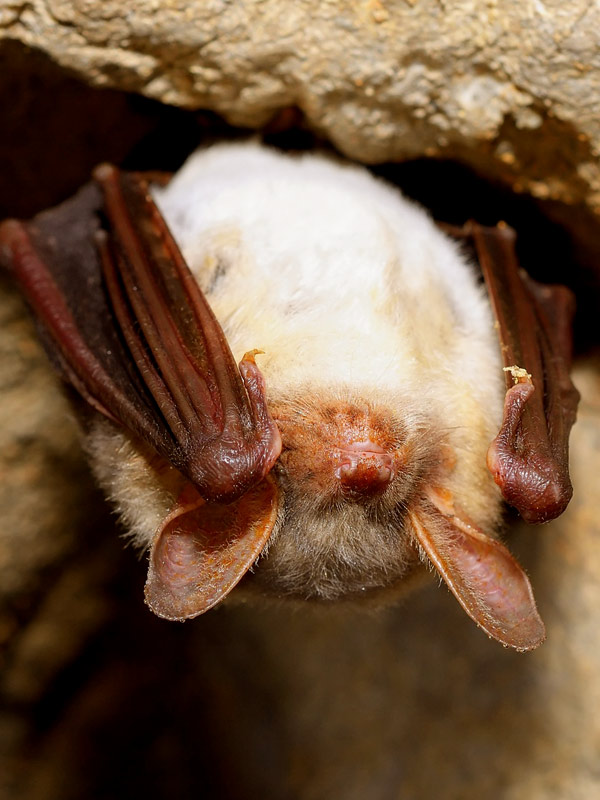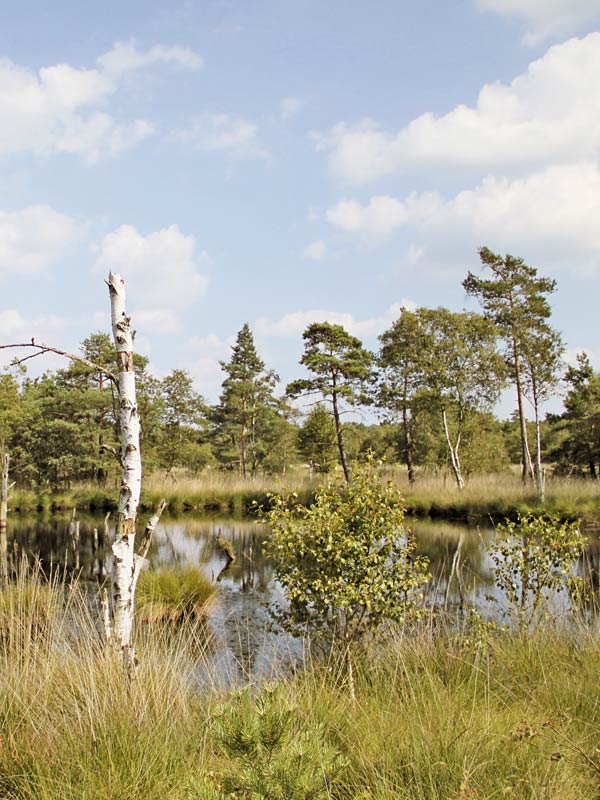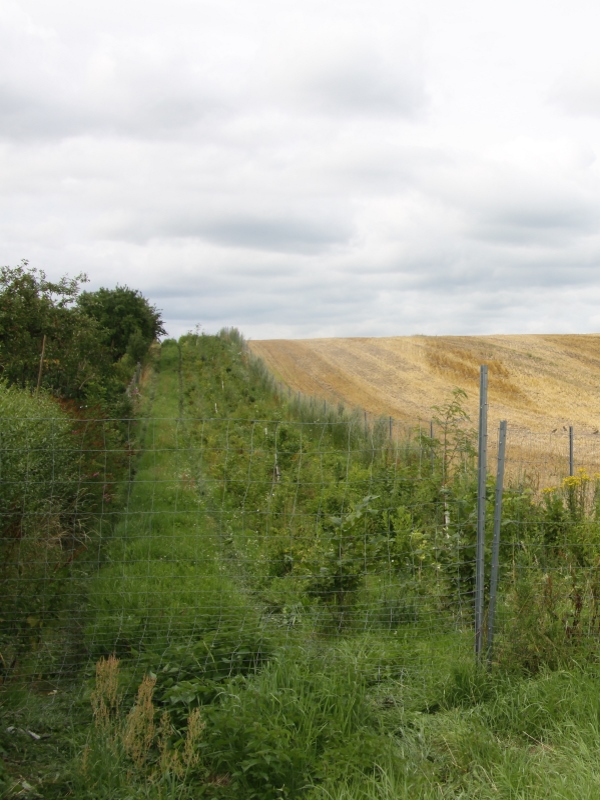Renewable energy in harmony with nature
When setting up wind and solar farms there is a constant emphasis on preserving and protecting the flora and fauna. This is not just for the sake of nature per se, but is also beneficial for site owners and local businesses.
In contrast to the far-reaching effects on the landscape that lignite mining entails, for example, wind and solar plants can be dismantled in just a few days without leaving behind detrimental changes to the environment. When building, UKA makes efforts to limit any interference in the environment as far as possible and seeks to implement compensatory measures in other areas to offset the impact.
Economic and ecological profit
Landowners who make their premises available to UKA for compensatory measures will receive an attractive remuneration. The company-owned developer (UKA project management organisation) commissions local people who maintain or farm the land in the region.
They implement the measures in the manner directed by the licensing authorities. External surveyors check that everything has been carried out appropriately and in accordance with the agreement – e.g. that certified seed has been used. UKA thereby ensures that the measures unfold in full over time, creating a valuable habitat for flora and fauna.
Various compensatory measures available
The UKA Group relies on a variety of different forms of compensation in its projects. These include carrying out planting to enhance the landscape, freeing up the ground by dismantling or demolishing buildings, and renaturation and extensification of the agricultural use through semi-natural biotopes.
In addition, we promote certain species or species groups, e.g. by creating habitats and nesting sites. If no suitable location can be found for compensatory measures, if necessary it is possible to fall back on appropriate measures with corresponding biotope values from an ‘eco-account’.



